Minds of the Movement
An ICNC blog on the people and power of civil resistance
by Tenzin Jigdal and Amber FrenchSeptember 07, 2023
In the undergrad class I recently taught on diplomacy, negotiation and mediation, I asked my students to think outside of the box—that “box” being wars, elections, negotiations and other traditional objects of analysis in the study of international relations (IR). What other forms of conflict could they analyze? Having studied IR myself, I knew that civil resistance, as an asymmetrical form of struggle between entrenched powerholders and ordinary people, would bring shades of gray to this sometimes rather black-and-white field.
In the negotiation scenario they prepared for the last day of class, my students did not choose a pre-made Model UN scenario. Instead, they created a scenario entirely from scratch: the Sino-Tibetan dialogue for Tibetan freedom, with a Chinese delegation on one side of the table and the Tibetan government-in-exile–a parallel institution and thus a manifestation of civil resistance–on the other.
It was in this context that my class interviewed Tenzin Jigdal, an ICNC program alum and now member of parliament (MP) of the Tibetan government-in-exile. We discussed many interesting learnings about how negotiations do not happen in a vacuum—and how people power dynamics are always at play in the sidelines... sometimes even front and center.
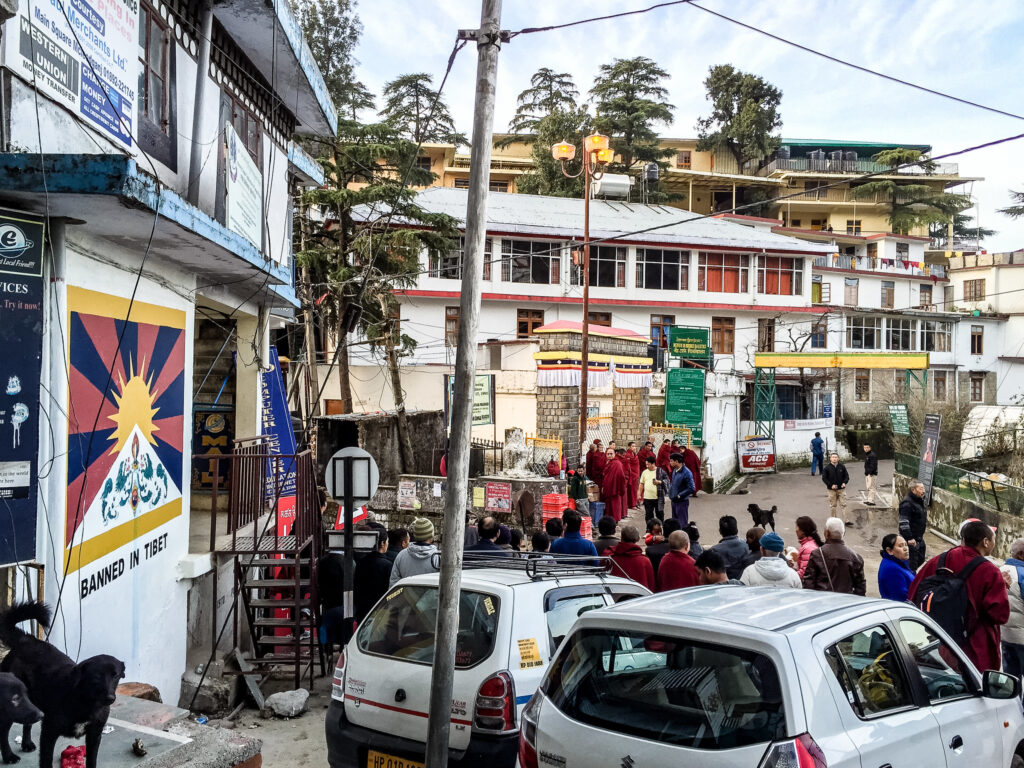
"Banned in Tibet." The Tibetan government-in-exile is headquartered in McLeod Ganj, a suburb of Dharamsala, India. Erik Törner (CC BY-NC-SA 2.0, unedited).
Origins and inner workings of the Tibetan government-in-exile
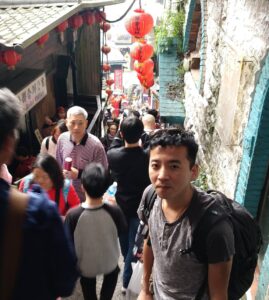
Tenzin Jigdal, Tibetan parliamentarian in exile, serving since October 2021. Credit: Tenzin Jigdal.
Now based in Dharamsala, India, the Tibetan government-in-exile is a continuation of the government that represented Tibet prior to the Chinese invasion in the 1950s. It functions like any other democratic government—with an executive, legislature, judiciary and parliamentarians and a president elected by the Tibetan people (the Sikyong). The government caters to the needs of Tibetans in exile while working diligently toward the welfare, freedom and recognition of rights for all Tibetans, inside and outside of Tibet.
As one of the 45 MPs of the 17th Tibetan parliament-in-exile, Jigdal formulates laws and ensures that the government has functioning checks and balances. In doing so, the government is engaging in a nonviolent action known as political prefiguration: it is making an example of the Chinese authoritarian government by holding itself to democratic processes.
Two of the Tibetan MPs are based in the Americas, two in Europe, one in Southeast Asia, and the rest are based in Bhutan, India and Nepal. This geographical dispersion has fostered very strong diaspora engagement in the Tibetan struggle.
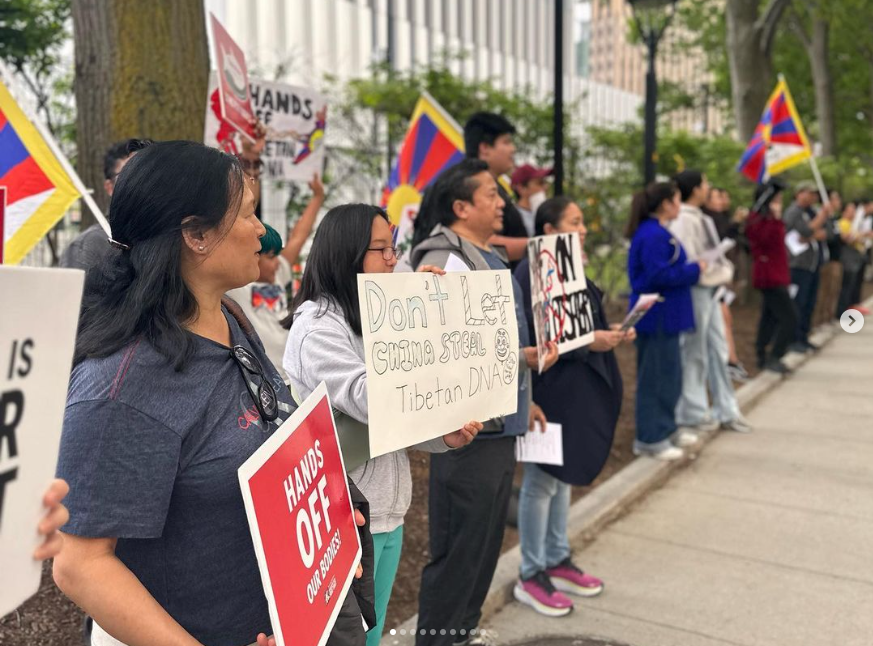
Free Tibet rally in Boston, Massachusettes, USA, May 2023. The Tibetan diaspora mobilizes internationally to exert pressure on the Chinese regime for Tibetan freedom. Credit: freetibetorg Instagram.
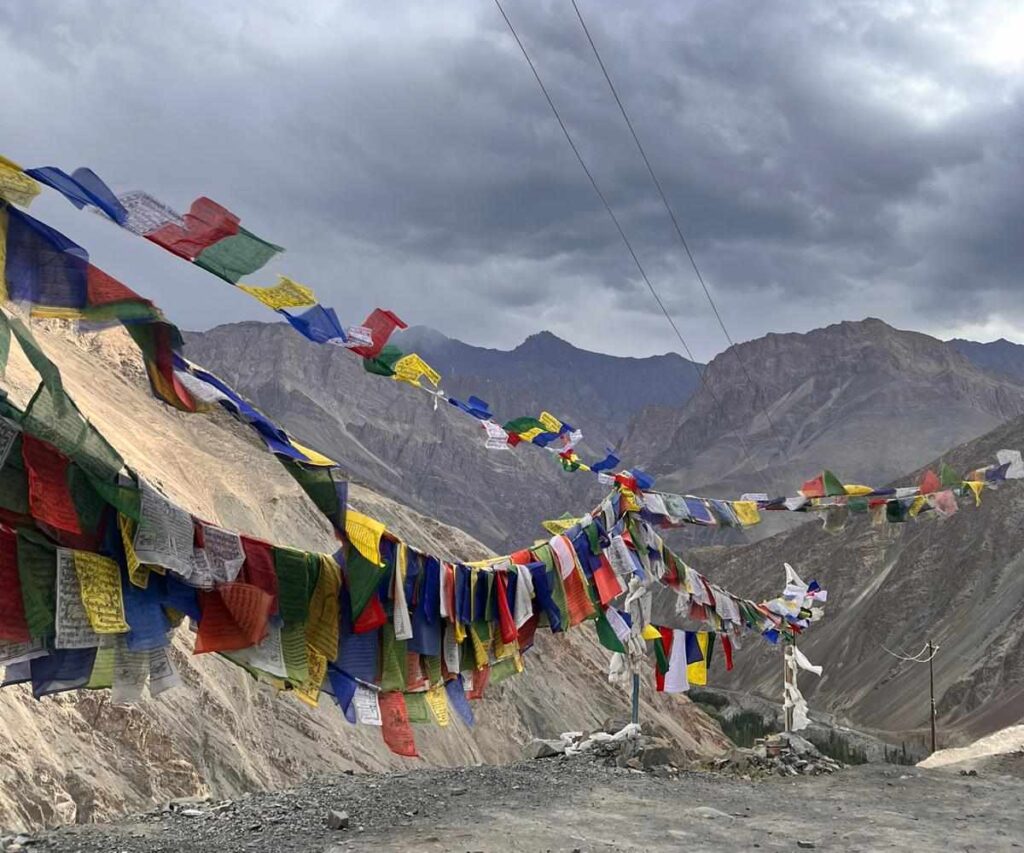
Tibetan prayer flags. Credit: Florie Ravinet (with permission).
Civil resistance and human agency
Having been exposed to civil resistance curriculum in my class, my students want to know if Jigdal himself considers the government-in-exile to be a form of nonviolent resistance.
“Yes absolutely, our existence is resistance. The exile government represents one of the ways civil resistance operates: by challenging the Chinese government” and not leaving its power completely unchecked, explains Jigdal.
What are the Tibetans' next move in the liberation struggle?, my students then ask Jigdal.
“We have to up the ante and keep on building pressure in every shape and form possible. There are multitudes of public campaigns happening worldwide", organized by Tibetan diaspora actors, comes Jigdal's reply. Communications, advocacy work and protests are happening to foster international solidarity with the Tibetan struggle. “This should be ongoing,” Jigdal emphasizes.
Above all, the government-in-exile plays a role in developing a stronger sense of empowerment and agency among Tibetans inside Tibet—work that Jigdal characterizes as “so important.”
“About 85 to 90 percent of Tibetans are still inside Tibet. How can we give them a sense of agency? It is incumbent on the Tibetan people to raise the pressure on China from the inside. It could be in the form of civil resistance, or many different forms. How do we inculcate and instill a sense of agency among those who are in Tibet? Tibetans are still resisting Chinese occupation, but how can we be more resourceful in terms of implementing and formulating more resistance?” Jigdal interrogates, in the guise of a response to my students.
However, we understand that his questions are in fact those that preoccupy him and other MPs, every day. “Tibetans must raise more pressure against the Chinese regime. Tibetans inside Tibet are uniquely positioned to do so,” Jigdal expands, underscoring why empowering the occupied population is key.
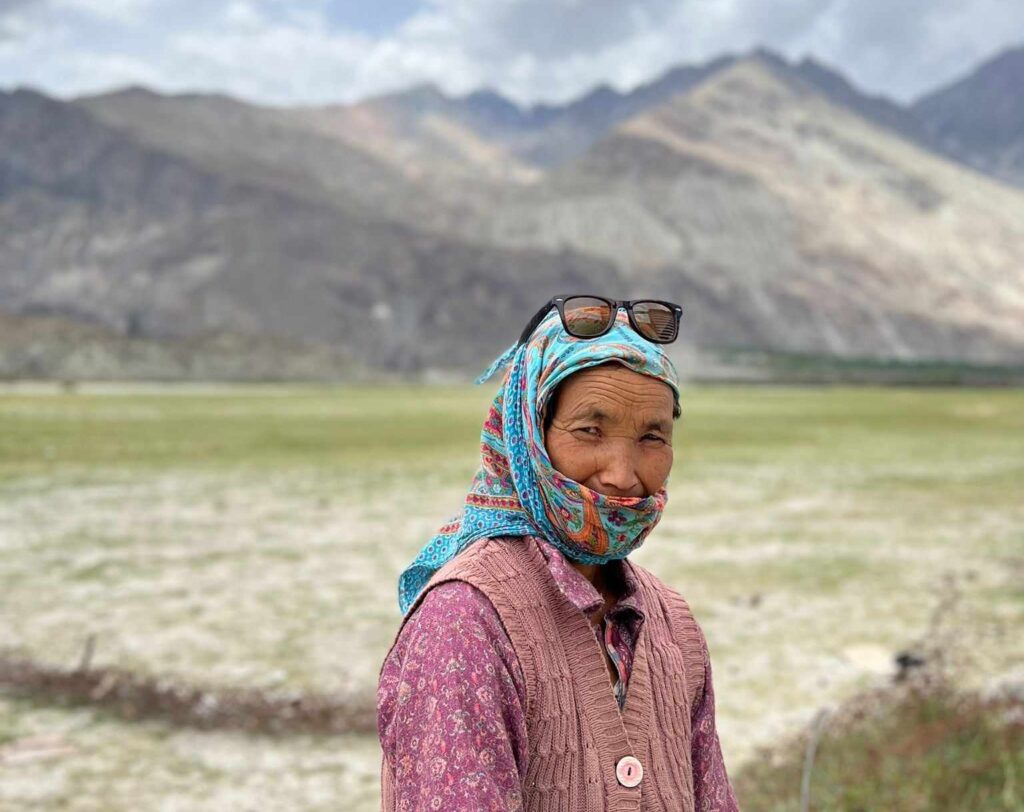
A Tibetan woman poses near Lhasa, the capital of Tibet. Credit: Florie Ravinet (with permission).
One foot in and one foot out
Tibetans, like other liberation struggles with a diaspora component, have one foot in and one foot out. Some movement actors—the diaspora and the government-in-exile—can exert pressure on the occupier from the outside. “That’s our domain, so there is pressure coming from all sides. We [MPs] are all united that we should find ways to restore freedom", Jigdal explains to my students. On the other hand, the occupied population can leverage pressure on the occupier from the inside—if empowered to do so.
However, according to Jigdal, there is some discord among Tibetans about methods for ratcheting up pressure. "If you look at the exiled population, there are differing views on how to confront China. Everyone is entitled to their views. I have some ownership and rights on the issue, but so do all other Tibetans. But by and large, people agree that nonviolent confrontation is the best route. The question is how do we do that,” he nuances. Tibet, after all, is a democracy.
This twist—that some minority of Tibetans do not believe nonviolent resistance to be effective—was a well-needed reminder for my students that nothing is black and white in IR. Discordant views (and even actions, for that matter) co-exist in times of conflict; nonviolent resistance happens both within and against wars and civil strife.
This anomaly of a sort doesn't stop Jigdal—or any of us, for that matter—from promoting nonviolent resistance as an effective method of struggle toward liberation.
The negotiation simulation
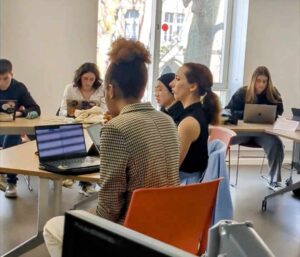
Negotiation simulation, European School of Political and Social Sciences (ESPOL), Lille, France. Credit: Amber French.
To come full circle: How did my students' Sino-Tibetan dialogue simulation play out in the end?
Throughout the exercise, I played “game-master”, feeding non-verbal cues of both real and hypothetical actions happening outside of the negotiating room, to make the circumstances more realistic. For example, one cue was “protests are happening all over China due to the regime's mismanagement of the COVID-19 crisis” followed immediately by the more far-fetched “the Chinese president is afflicted with an unknown illness; a bloodless coup d’état is triggered and elections are scheduled”.
In despair over their suddenly weakened stance at the negotiating table, the students assuming the role of the Chinese delegation caved in and only half-jokingly asked the Tibetan delegation if they were hiring…
Why did I add hypothetical, external developments to the simulation? My students had learned that a top negotiation skill is learning how to make the pie bigger—opening up new possibilities and avenues of actions, or seizing sudden openings (trigger events). This allows movements to increase their chances of success.
It is precisely extra-institutional action like civil resistance that can make that pie bigger for oppressed people worldwide.

Tenzin Jigdal
Jigdal has served as Member of the Tibetan Parliament in Exile since October 2021. His longstanding commitment to the Tibetan nonviolent struggle for freedom has included positions at the International Tibet Network, Tibet Action Institute and Students for a Free Tibet. Jigdal holds a PG Diploma focused in Computing from London Metropolitan University.
Read More
Amber French
Amber French is Senior Editorial Advisor at ICNC, Managing Editor of the Minds of the Movement blog (est. June 2017) and Project Co-Lead of REACT (Research-in-Action) focusing on the power of activist writing. Currently based in Paris, France, she continues to develop thought leadership on civil resistance in French.
Read More